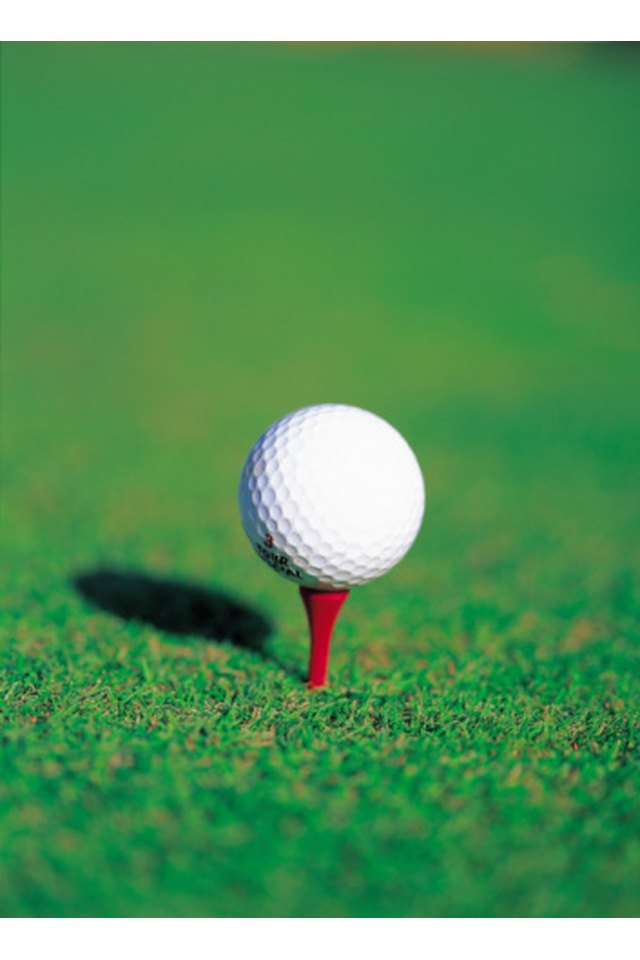Why Do I Hook the Golf Ball With My 3-Wood?

Golf is a game of precision and all golfers want to play at their best, regardless of ability. Golfers typically hook the golf ball by either closing the club face at impact or swinging dramatically from the inside. With less loft, the 3-wood exaggerates these misses compared with irons and wedges.
Root Cause
The root cause of hook shots in golf -- shots that start right and move to the left -- is swinging from the inside relative to your target. When golfers swing square down the target line and contact the ball with a square club face, the result is a straight shot that usually travels the desired distance and with optimal trajectory. When golfers contact from the inside, the ball hooks, starting right of the target and swinging to the left.
Wood Problems
A 3-wood generally is easier to hit than a driver -- provided the 3-wood has more loft -- but tougher to hit than many irons and wedges. This exaggerates the hook shot when golfers swing from the inside because less loft is harder to control. The benefits of this are greater distance and a lower, piercing trajectory. Since a hook is hit with a closed club face, effectively de-lofting the club face, a hook is much harder to control.
Secondary Cause
The hook shot also can be caused by a dramatically manipulated club face at impact. Golfers can swing down the target line, but by flipping their wrists and manipulating the club face shut, you still produce a hook shot that takes off low to the right and shoots over to the left. This is problematic because hooks are harder to control than fades or slices, and the 3-wood exaggerates this mistake.
Correct Move
To stop hooking the ball with your 3-wood, focus on swinging square down your target line and hitting with a square club face. This can be accomplished on the practice tee by using alignment sticks to point out your direction. Squaring the club face also takes some work, but if your predominant miss with the 3-wood is a hook, you can practice the feeling of leaving the face open on the driving range. This should get you back to square and correct your ball flight.
References
Writer Bio
Lyle Stefanavich started writing professionally in 2005. His work has appeared in the "Olivet College Echo," "Battle Creek Enquirer," "The South End Newspaper," TellUsDetroit.com, "Warrior Within Magazine," "Dearborn Press and Guide," Dethoops.com, CSTV.com, and UCSHO.com, among other publications. Lyle holds a Bachelor of Science in finance from Wayne State University and is pursuing his Master of Business Administration.
